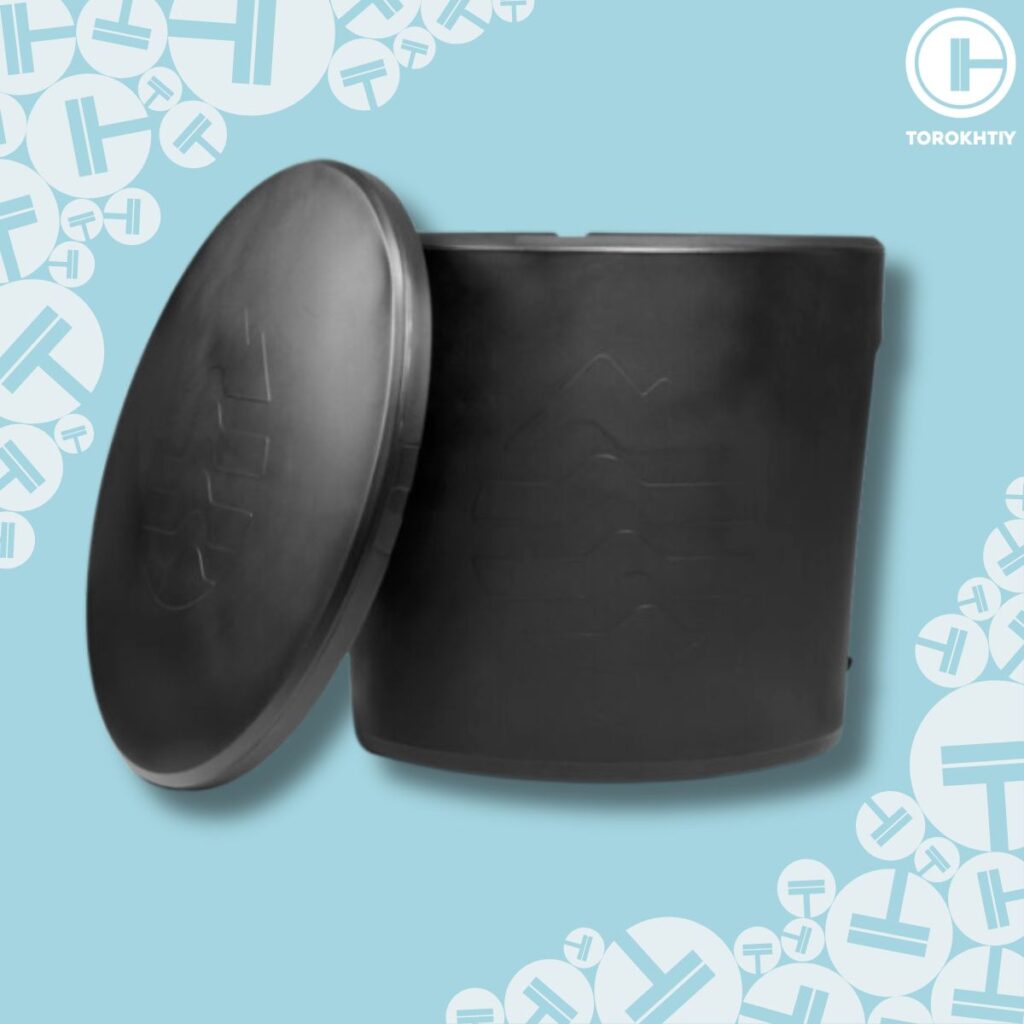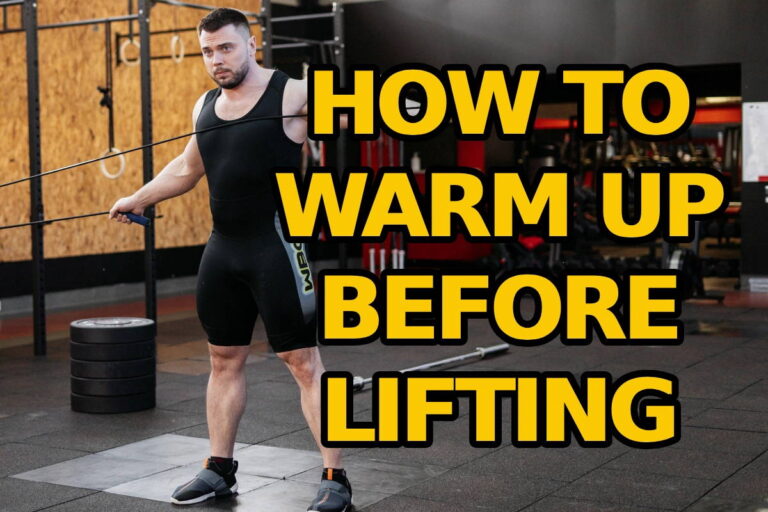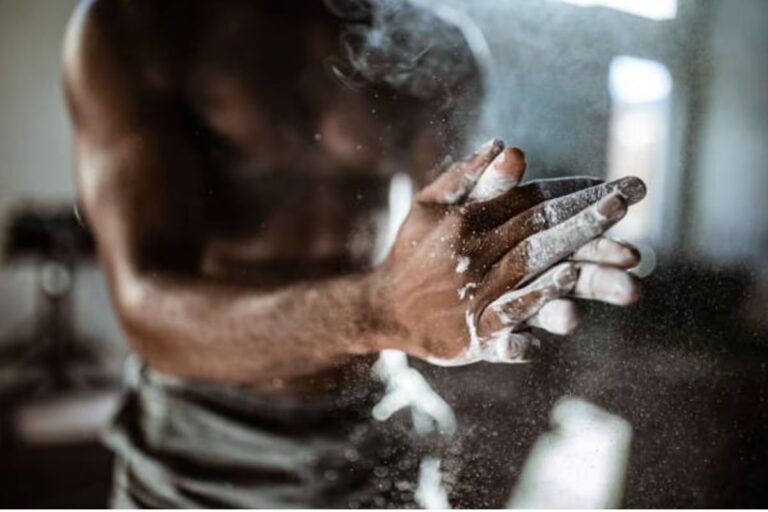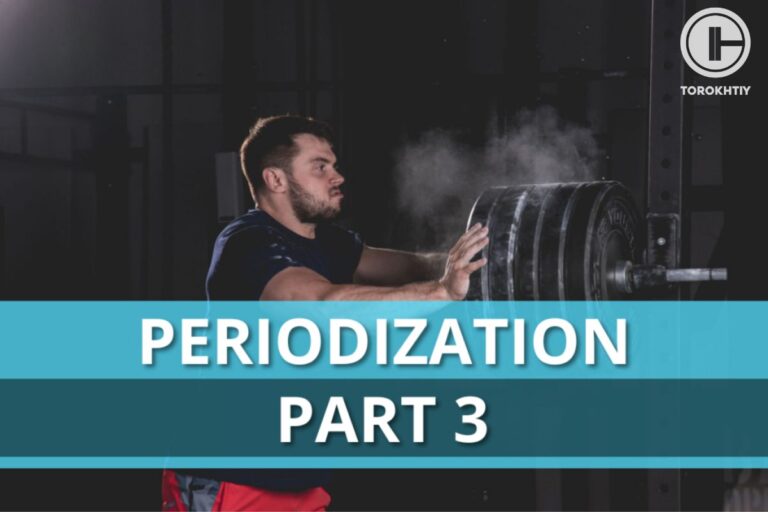What To Do After An Ice Bath to Maximize Its Benefits
This article will talk about what to do after an ice bath. In traditional cold exposure therapy using ice baths, what you do immediately after is just as crucial as the plunge itself. We’ll also talk about what to have at hand, how to safely warm up afterward, how long to wait to shower after an ice bath, and more. Let’s take the plunge together.
Here’s what to do after an ice bath: if you need to, wrap up in a towel or bathrobe. Walk around or do light stretching to reengage your body. Don’t take a warm shower after an ice bath, basic cold exposure therapy works by forcing yourself to regain temperature naturally.
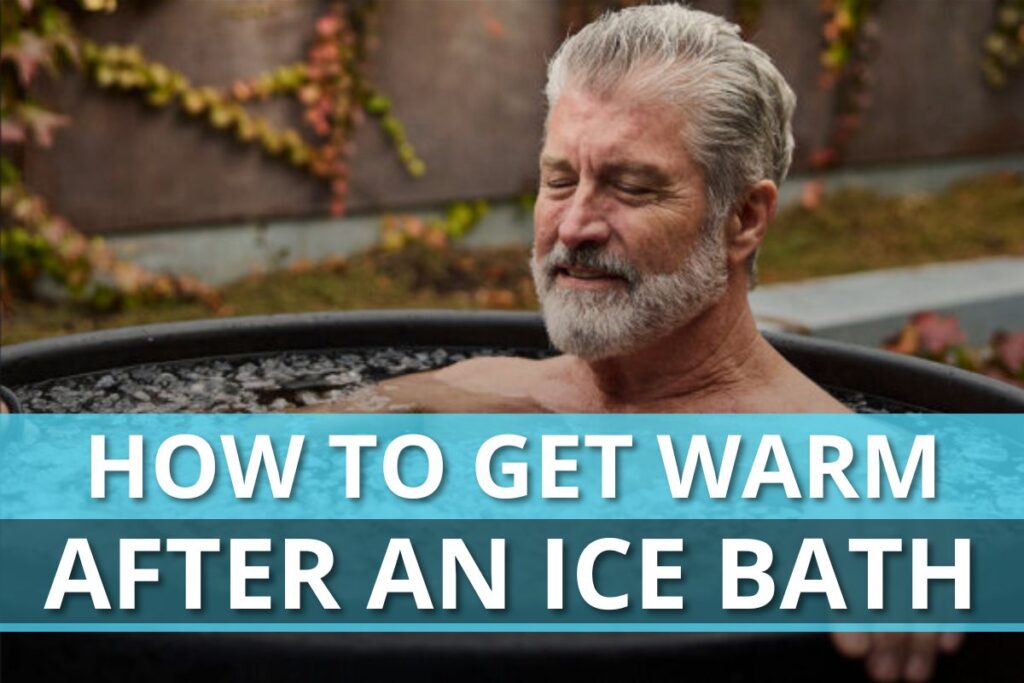
What To Do After An Ice Bath: Step-By-Step Guide
Voluntary cold water immersion (CWI) has been on the rise both as a relaxation and therapy method. The most popular way of doing this is ice bathing AKA cold plunge. Here’s a step-by-step on what to do after a cold plunge to maximize the benefits of CWI while addressing health and safety concerns associated with ice bathing.
1. Wipe Down & Wrap Up
After stepping out of your ice bath, wipe yourself down to remove excess water and ice residue. Once you’re nice and clean, wrap yourself in a large towel, bathrobe, poncho, or similar. Grab a warm drink and wait for your temperature to recover. It can be tempting to immediately step into a warm room or take a hot shower to warm up quicker. However, a big part of cold exposure therapy is regaining warmth on your own (more on this in a second).
2. Wait To Warm Up
So, how should you regain heat after an ice bath? You wait. Part of the reason people do CWI is the effect that takes place right after you step out of the water. After cold water immersion, it’s beneficial to engage in light activities such as walking, stretching, or yoga to reengage your muscles. However, it’s crucial not to overdo it, though, as allowing your body to shiver is a more effective way to warm up than forcing physical activity.
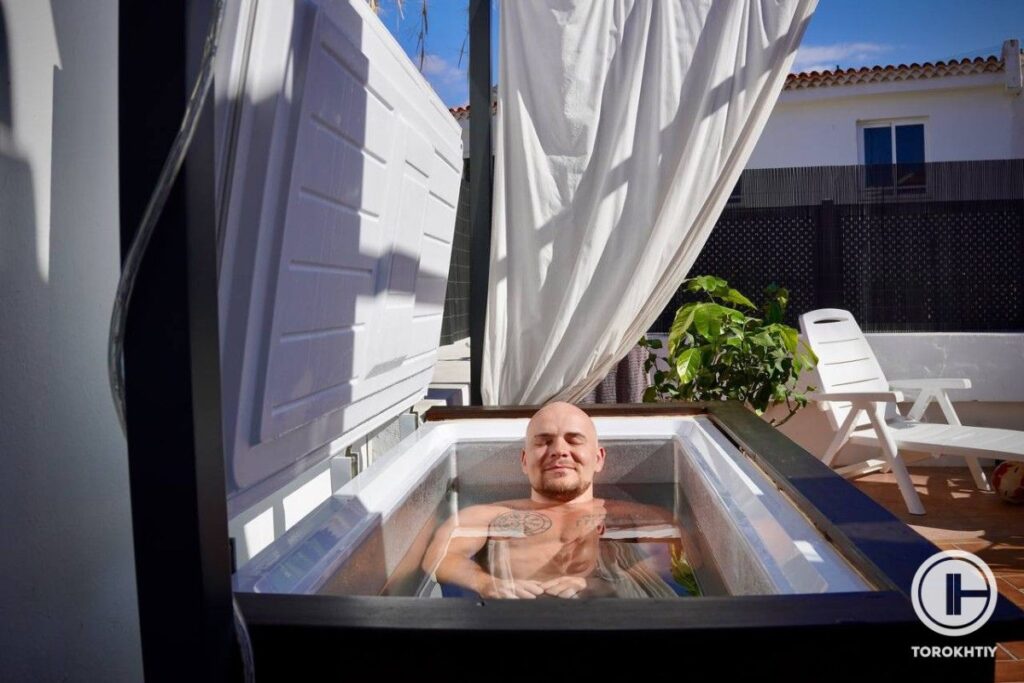
Letting your body shiver after CWI increases your metabolic rate and triggers the immune system, naturally boosting your immunity without the need to get sick. Refraining from immediately seeking warmth also helps with mental conditioning, fostering resilience and enhancing self-control over time.
3. Control Your Breathing
Have you ever been forced to take a cold shower (for example, due to a broken heater)? You’ve probably noticed that, immediately after stepping in, you started breathing rapidly. During CWI, it’s common for the body to respond with a rapid increase in breathing, a natural attempt to raise the metabolic rate and restore temperature. However, practicing controlled breathing is crucial post-CWI to calm the nervous system.
Uncontrolled breathing rates can lead to hyperventilation, and the whole idea is to actually control the body under stressful situations. If you can control it here, it will be easier to handle other stressful situations as well.
Things To Avoid After Ice Bathing
Apart from the “do’s” of ice bathing, there are some less obvious but important “don’ts”. To safely practice ice bathing, you should also know to avoid doing the following:
1. Staying In Wet Clothing
If you’re using a public bathhouse or spa center or are simply sharing an ice bath with someone else, you’ll probably be wearing a swimsuit or similar clothing. Immediately after stepping out of the ice bath, remove the wet clothing from your body. Wet clothes will keep sucking out the heat, making it harder to warm up again, especially in the covered areas.
2. Rushing Into Heat
After an ice bath, it may seem logical to seek heat to try and warm up quicker. It will be tempting to stand in a hot room, next to a furnace, or just bathe in the sun.
However, abrupt temperature shifts, whether from cold to hot or vice versa, can pose risks, and for that reason cold therapy should be exercised with caution and by healthy folks. Rapid changes in temp levels can confuse our temperature regulators, disrupting thermoregulation and potentially leading to serious health complications, including fainting, organ failure, and more. Moreover, sudden shifts in air temperature can irritate the lungs and cause breathing difficulties in some allergic individuals.
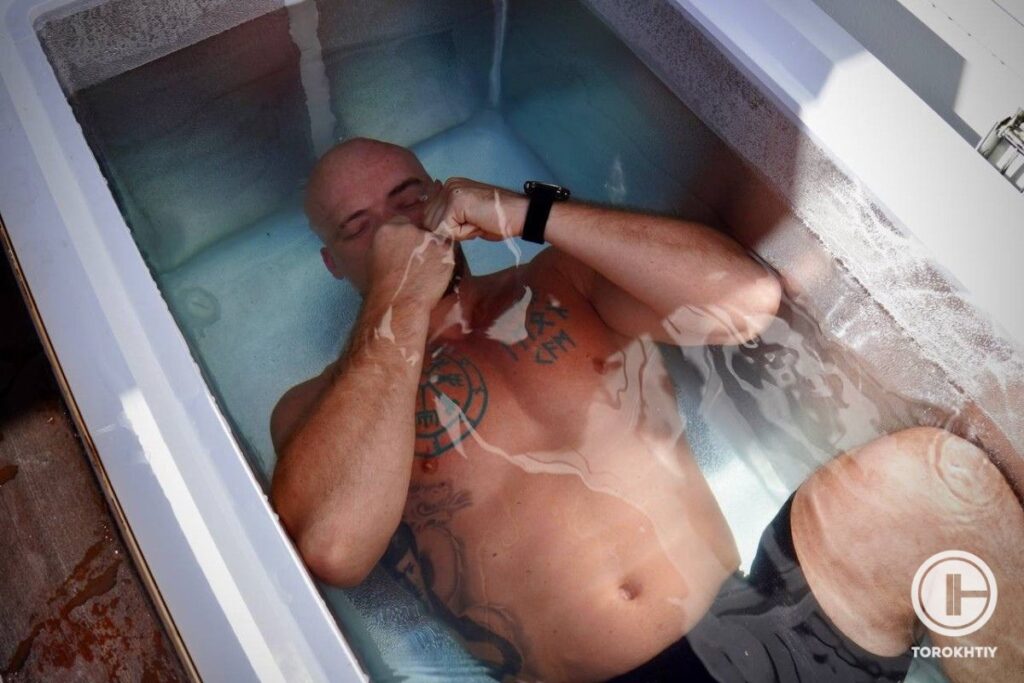
There is an exception: contrast therapy, deliberate, under control, by healthy humans. In contrast therapy, we alternate between cold and hot treatments, such as transitioning from a sauna to an ice bath (even a few times with some breaks between rounds) to allow the body to respond to both heat and cold stimuli. The key difference is, that in contrast therapy, we apply controlled heat exposure. Additionally, it’s recommended to end with cold exposure.
3. Taking Hot Showers
Closely tied to the previous point, some people may be tempted to hit the shower right after an ice bath. However, this can cause similar issues as stepping into a heated room. Additionally, the warm water can dry out the skin.
So, when can you take a hot shower after an ice bath? It’s highly suggested you wait until your body stabilizes temperature levels. This can take from a couple of minutes to half an hour, depending on your metabolism. After you’ve stabilized, you can then apply a warm shower if you want. You can take a warm shower before an ice bath if that will help you somehow prepare yourself for a cold plunge.
Tips To Improve Ice Bath Therapy
1. Take A Shower First
Many people ask if they should take ice bath before or after a shower. After all, you also don’t want to soak around in dirty water. So, take a shower before an ice bath to remove sweat, dirt, and dead skin cells. Doing it early in the morning is a great way to start your day. Equally, after a long day at work, hiking in the mountains, or a tough workout, a sauna in combination with ice bath can be a good idea. The added heat exposure may put you ina relaxation state and improve your sleep.
2. Use An Ice Bath
Lots of people make their cold plunge using a standard bathroom tub they have at home. However, this can be tricky because you have to regulate the temperature yourself, cleaning up the ice can be messy, and there’s a real risk of slippage in the bathroom.
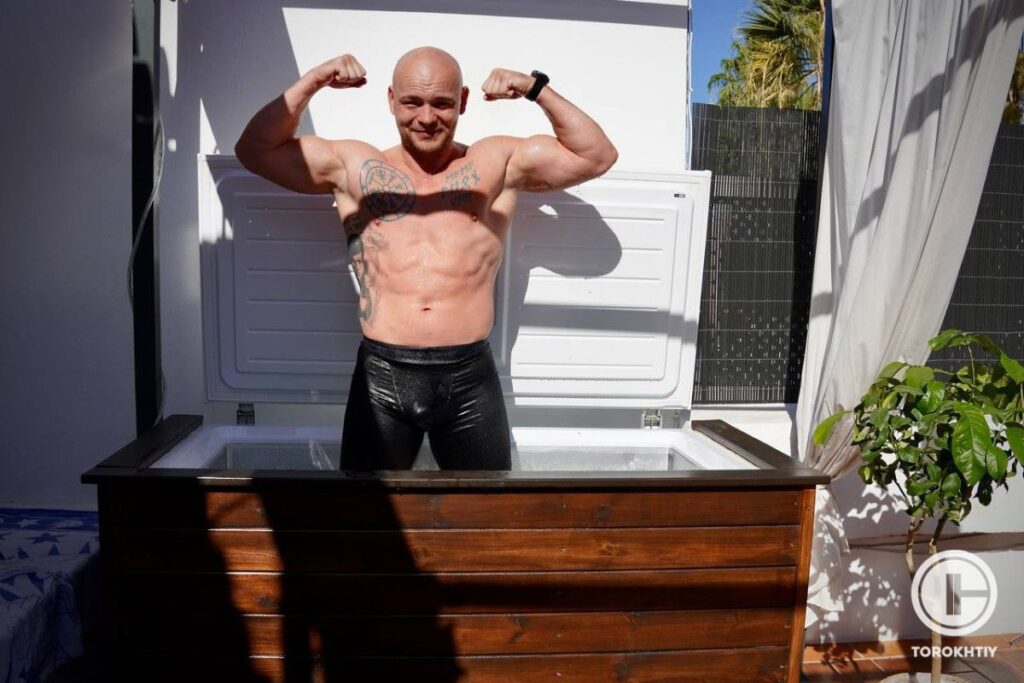
If you plan on regularly taking ice baths, between the excess ice, high water bill, and clean up afterward, it’s cheaper to get a designated ice bath. It can keep the water cool and clean for days thanks to isolation and the closing lid, and many of them have built-in chiller ports.
3. Monitor The Temperature
Setting the right temperature in your ice bath is only half the job. Unless you’re using a water chiller, you may need to manually add more ice to keep it consistently chill, especially if you’re using a non-insulated tub at room temperature. That’s why it’s a good idea to have an ice tub on hand, or simply get an insulated ice bathtub.
4. Know Why You’re Doing It
To choose the right temperature, length, and intervals for cold plunging sessions, it’s important to know why you’re doing it. If you want a quick refresher after a long day or something to boost your energy in the morning, a simple cold shower will suffice. However, if you want to get the full health benefits, regular cold water immersion is necessary.
One of the most popular cold water therapy principles is known as the Søberg principle, named after Dr. Susanna Søberg. Dr. Søberg has studied cold water immersion extensively and published multiple papers on the topic.
Her core study found that Scandinavian people who swim in cold water roughly 2-3 times per week are more resilient to cold, they take less energy to heat back up, and they better to temperature shifts throughout the day.
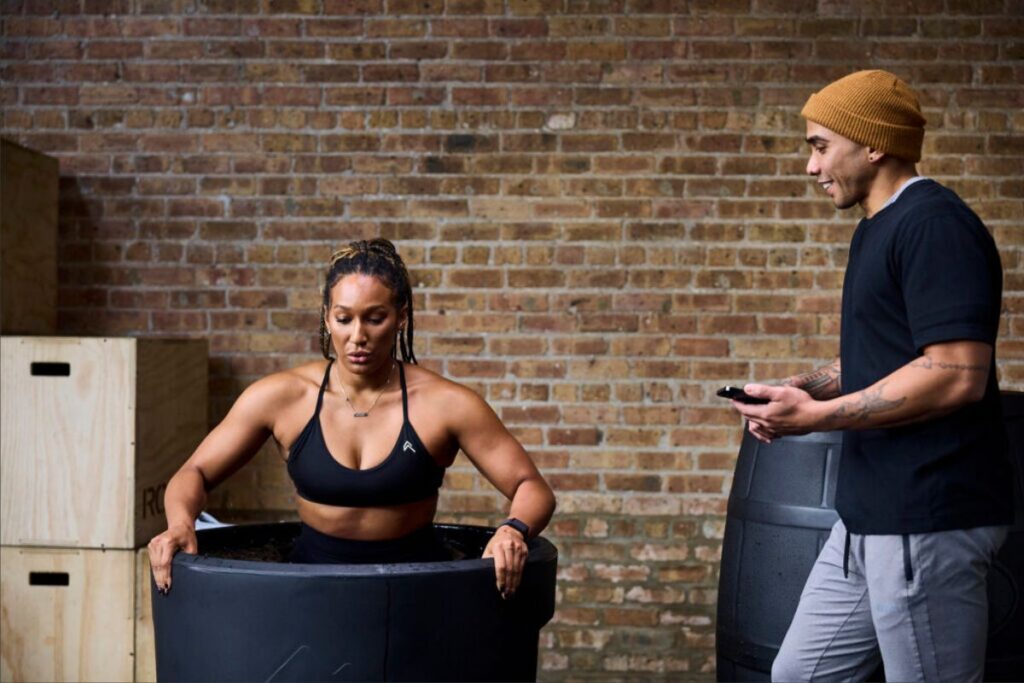
Furthermore, she found that letting your body temperature return naturally through shivering burns excess calories. For more insight into her work, check out her book, “Winter Swimming: The Nordic Way Towards a Healthier and Happier Life”, as well as her appearance on the Huberman Lab podcast where she talks in detail about it.
Further research into CWI can give us insight into the right temperature, time, and intervals. According to most studies, using around 14°C (57°F) sees notable improvements in our metabolism, including regulating our heart rate and blood pressure, and inciting calorie burn.
The recommended interval will depend on temperature and exposure time. Here’s a quick table summary to help decide on the best course for you:
| Duration (minutes) | Temperature (°C/°F) | Interval |
|---|---|---|
| 1-3 | 1-9°C / 34-48°F | Can be done daily |
| 30-60 | ~14°C / 57°F | 2-3 times per week |
Cold Therapy Tool We Recommend For Ice Bathing
When making a DIY ice bath is too big of a hassle, opting for a dedicated ice tub like the Ice Barrel 300 is a great way to have a professional cold plunge at home. It’s compact and designed for easy use, and accommodates users up to 6’2”/250 lbs. The drain port makes water replacement convenient, and the built-in chiller port helps keep the temperature ideal at all times.

Thanks to the insulation on all sides, including the top lid, the Ice Barrel 300 can keep the water cool for days, even in the open sun. Thanks to the carry handles and a weight of just under 30 lbs when empty, it can be moved around and stored away when not used.
FAQ
How Long Should I Wait To Shower After Ice Bath?
A good general rule for how long to wait to shower after ice bath sessions is until you regain normal body temperature levels naturally. Most people can achieve this in about 30 minutes, some might need less, some a bit more.
Is it Good To Go From an Ice Bath To a Hot Shower?
Rushing into a warm shower after ice bath therapy simply to warm up is not recommended. It can be stressful for the body and negate some of the benefits of cold water immersion. After all, a big part of CWI is letting yourself warm up naturally, facilitating cardiovascular, immune system, and self-control benefits.
The only exception is when you’re applying contrast therapy in a controlled environment. But this is typically done with a sauna session. Still, you want to delay the warm shower for at least a couple of minutes until your body temperature stabilizes and you stop shivering.
Should You Stretch After An Ice Bath?
Mild physical activity after ice bathing is a good choice to reactivate your muscles and direct blood flow. The best choice is to just walk around and control your breathing. However, stretching or yoga immediately after might be too strenuous.
Collagen becomes stiffer in lower temperatures, so there’s a real risk of tearing a tendon, for example. For safety reasons, it’s better to wait until you’ve dried off and stopped shivering before engaging in physical activity that always requires a warmup.
Conclusion
Now you know what to do after an ice bath. Equally as important, you know what not to do. As a reminder, wipe yourself down and cover up to start warming up. Walk around or do another mild physical activity while you recover heat. Avoid jumping into heated rooms and don’t take a warm shower after ice bath therapy before you regain a regular body temperature.
We’d like to hear from you as well. Have you tried ice bathing before? If so, what was the experience like? Leave a comment to let everybody know and remember to follow us on social media for more fitness content.
Also read:
- How to Cold Plunge at Home
- Cold Plunge or Cold Shower
- Ice Bath for Weight Loss
- Cold Plunge Before or After Workout
- Best Time to Cold Plunge
- How Cold Should an Ice Bath Be
- Best Cold Plunge Tub
References:
- Alicia E. Meuret, Thomas Ritz, “Hyperventilation in Panic Disorder and Asthma: Empirical Evidence and Clinical Strategies” – International Journal of Psychophysiology vol 78, no. 1 (2010), 68-79
- Didrik Espeland, Louis de Weerd, James B. Mercer, “Health effects of voluntary exposure to cold water – a continuing subject of debate” – International Journal of Circumpolar Health vol. 81, no. 1 (2022), e2111789
- “Dr. Susanna Søberg: How to Use Cold & Heat Exposure to Improve Your Health”, Huberman Lab https://www.hubermanlab.com/episode/dr-susanna-soberg-how-to-use-cold-and-heat-exposure-to-improve-your-health (accessed Jan. 18, 2024)
- Gustavo Silveira Graudenz, Celso Henrique Oliveira, Arlindo Tribess, Richardt G. Landgraf, I Sonia Jancar, Jorge Kalil, “Sudden temperature changes and respiratory symptoms–an experimental approach”, American Journal of Rhinology & Allergy vol. 21, no. 3 (2007), 383-387
- H. Folgering, “The pathophysiology of hyperventilation syndrome” – Monaldi Archives for Chest Disease vol. 54, no. 4 (1999), 365-372
- L. Janský, D. Pospísilová, S. Honzová, B. Ulicný, P. Srámek, V. Zeman, J. Kamínková, “Immune system of cold-exposed and cold-adapted humans” – European Journal of Applied Physiology vol. 72, no. 5-6 (1996), 445-450
- P. Srámek , M. Simecková, L. Janský, J. Savlíková, S. Vybíral, “Human physiological responses to immersion into water of different temperatures” – European Journal of Applied Physiology vol. 81, no. 5 (2000), 434-442
- Eva V. Osilla, Jennifer L. Marsidi, Karlie R. Shumway, Sandeep Sharma, “Physiology, Temperature Regulation” (StatPearls [Internet], Treasure Island, Florida, 2023)
- Susanna Søberg, Johan Löfgren, Frederik E. Philipsen, Michal Jensen, Adam E. Hansen, Esben Ahrens, Kristin B. Nystrup, Rune D. Nielsen, Christine Sølling, Anne-Sophie Wedell-Neergaard, Marianne Berntsen, Annika Loft, Andreas Kjær, Zachary Gerhart-Hines, Helle H. Johannesen, Bente K. Pedersen, Kristian Karstoft, Camilla Scheele, “Altered brown fat thermoregulation and enhanced cold-induced thermogenesis in young, healthy, winter-swimming men” – Cells Report Medicine vol. 2, no. 2 (2021), e100408
- Photos by Ice Barell: https://icebarrel.com/product/ice-barrel-300/
Why Trust Us?
With over 20 years in Olympic Weightlifting, our team does its best to provide the audience with ultimate support and meet the needs and requirements of advanced athletes and professional lifters, as well as people who strive to open new opportunities and develop their physical capabilities with us.
By trusting the recommendations of our certified experts in coaching, nutrition, dietology, and sports training programming, as well as scientific consultants, and physiotherapists, we provide you with thorough, well-considered, and scientifically proven content. All the information given in the articles concerning workout programming, separate exercises, and athletic performance, in general, is based on verified data. We ensure that you can rely on our professionals’ pieces of advice and recommendations that can be treated as personalized ones which will benefit you and fully meet your needs.
The product testing process is described in more detail here
Author: Jacek Szymanowski
Certified Nutritionist,
M.Sc.Eng. Biotechnology
Performance Architect,
Strength and Conditioning Specialist
With over 30 years of fighting experience, specialization in nutrition coaching for athletes, and expertise in metabolic health and dietary strategies, Jacek offers a comprehensive approach to optimizing your performance and well-being. Backed by a Master of Science degree in Biotechnology, Jacek remains at the forefront of scientific advancements, ensuring that his coaching is always evidence-based and up-to-date.

